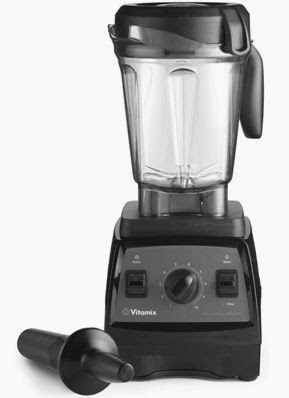When deciding on what type of juicer to purchase, several factors come into play. One of the more prominent deciding factors is whether to choose a slow, vertical masticating juicer or a conventional blender, AKA whole food juicer.
Slow Juicers
Benefits of Slow Juicers
A slow juicer gives off generates less heat since it is moving more slowly. This prevents the finished product from losing too many nutrients and produces a juice with a thicker viscosity with higher fiber content, and little to no separation. Additionally, your juiced foods will experience less oxidation, resulting in less foam in your finished juice and a fresher,less foamy, longer-lasting fresh juice. This type of juicer is greatcan also be used for delicate foods like wheatgrass or nuts that need extra time to be properly juiced.From a mechanical standpoint, slow juicers are quieter, more compact and feature no sharp blades.
Disadvantages of Slow Juicers
As slow juicers are smaller, their input apparatuses are smaller as well. This requires more food prep on your end to make sure all your juice components are small enough to be easily deposited. With several pieces to account for, cleanup can take some extra time.Whole Food Juicers (Blenders)
You’re most likely familiar with this style of juicer as it is your conventional blender. It’s a popular choice for smoothies when you need something with a little more substance than just juice.
 Benefits of Blender Juicers
Benefits of Blender Juicers
When fiber content is a must-have, stick with a blender juicer. Nothing gets removed from your mixture, so every ounce of nutrients stays in the finished product and your juice yield is much higher. Food prep won’t take as long as slow juicers since you don’t need to cut anything down into very small pieces.If speed is an issue, the blender juicer is your best friend. Without a doubt, a blender juicer is the fastest way to get your finished drink. Your post-juicing cleanup is also a breeze since a blender juicer has only a few pieces.
Additionally, since the whole food juicer is also a blender, a high quality model, such as a Vitamix, can also be used for total meal preparation from sauces and purees to emulsifying and chopping and even whole grains grinding.
Disadvantages of Blender Juicers
While a whole food juicer is fast once you are ready to juice, your prep time is increased beforehand since seeds, stems and other inedible parts will need to be removed. Furthermore, if the bulk of your ingredients have a very low moisture content, you’ll need orange juice, water or some other liquid to lubricate the mixture into a drinkable form. Heavy churning causes blended juices to be more aerated, and this means they should be consumed immediately.Choosing between a slow juicer and a blender juicer has several factors. Make a decision that is best for your daily diet, food budget, schedule and kitchen space.


